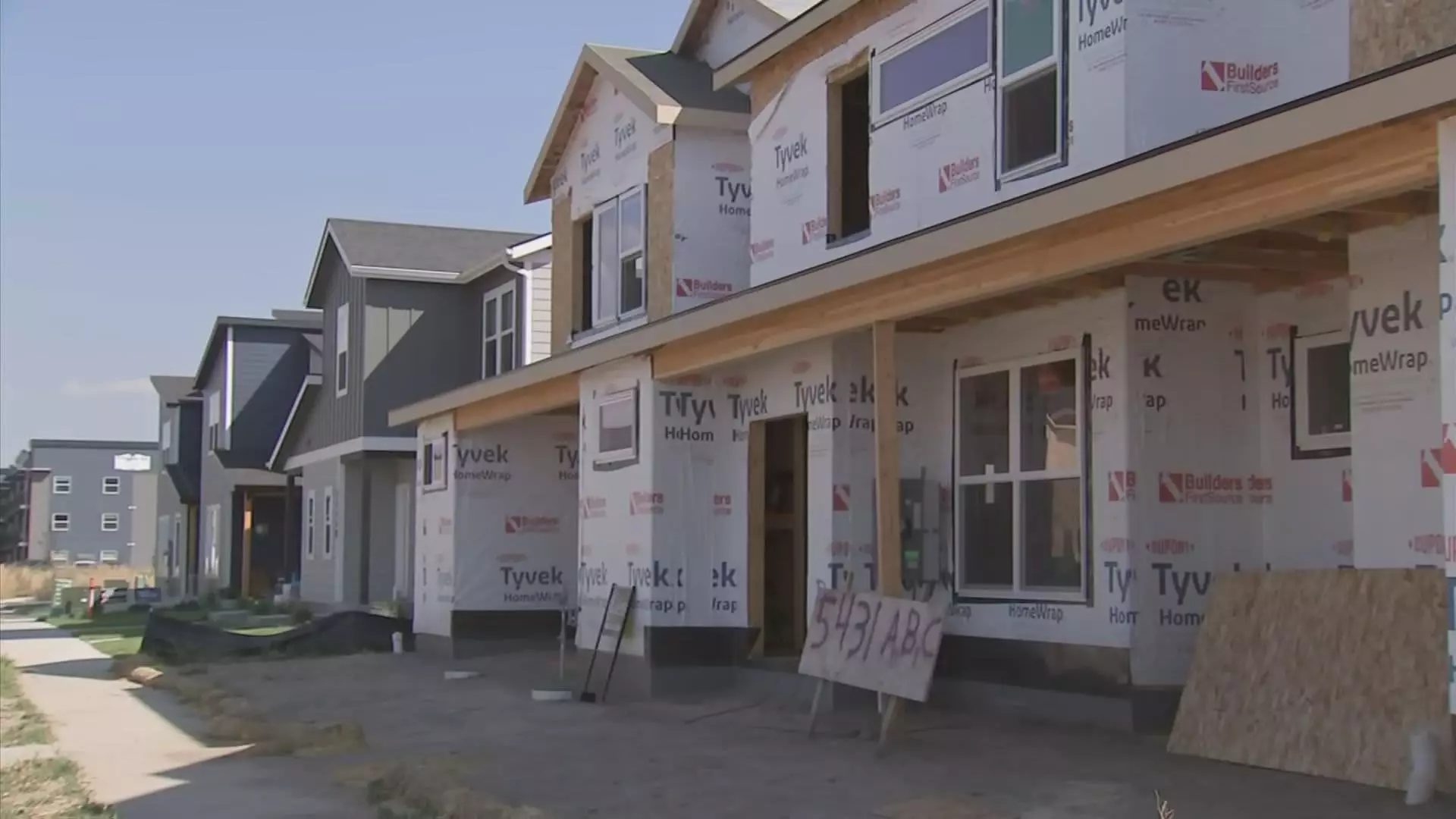In recent years, Montana has seen a surge in the construction of condos and duplexes, particularly in suburbs like the one near Missoula. This trend reflects a strategic response to a growing crisis: the struggle of local residents to secure affordable housing in their own communities. DJ Smith, president of the Montana Association of Realtors, highlights that for many Montanans, locating a home that fits both their needs and budget has become increasingly difficult. The influx of wealthy out-of-state residents has exacerbated the demand for housing, while simultaneously, a chronic labor shortage limits supply. This combination has led not only to a variety of new housing options but has also turned housing affordability into a contentious issue in political discussions, notably impacting key Senate races.
In Montana, the political implications of the housing crisis are palpable, especially for Democratic Senator Jon Tester, who is facing a challenging re-election campaign in a state that has shifted significantly toward the Republican side. The Cook Political Report has recently indicated a leaning Republican stance in this race, prompting both candidates to make housing a central theme in their platforms. Tester expressed concern about affluent newcomers altering Montana’s fabric, while his opponent, Republican Tim Sheehy, attributes high housing costs to inflation and the influence of federal policies championed by the Biden administration. This debate around the housing crisis reflects broader economic sentiments that resonate with voters and may sway their decisions at the ballot box.
The statistics surrounding Montana’s housing market paint a stark picture. Over the past four years, home prices in Montana have soared by 66%, surpassing the national average increase of 50%. According to the National Association of Realtors, Montana has been ranked as the least affordable state for homebuyers. This rapid escalation has not only impacted new buyers but also locals who can no longer afford to live in the communities where they grew up. The median home price in Missoula stands at approximately $568,377, while the state’s median household income nears $67,631. This disparity illustrates the growing gap between what residents earn and what it costs to secure a home.
One key factor behind rising housing prices is the influx of buyers from states like California and Colorado, who often sell their own homes for substantial equity and use that wealth to purchase properties in Montana. Currently, around 30% of homes purchased last year were bought with cash, largely attributed to these newcomers. The phenomenon raises important questions about housing accessibility for local residents and the types of communities that will emerge from these economic shifts. Local builders express concern that this trend is not only driving prices up but also changing the character of Montana communities.
As the demand for housing surges, challenges in the construction industry have become more apparent. Builders like Andrew Weigand from Butler Creek Development indicate that a shortage of skilled labor is increasing costs and inhibiting availability. With fewer subcontractors available—plumbers, electricians, and other skilled trades—the construction market is less competitive, resulting in higher prices. This shortage is compounded by an aging workforce, as many skilled workers approach retirement without a pipeline of younger tradespeople ready to step in. The implications are significant: as fewer homes are built and costs continue to rise, future generations of Montanans may face even greater barriers to homeownership.
Amid these challenges, Tester has proposed several initiatives aimed at addressing the affordability crisis, including grants for housing expansions and assistance programs for home repairs. Furthermore, he has championed a tax credit designed to encourage mobile home park owners to sell to local coalitions rather than outside developers looking to build high-cost homes. Sheehy, on the other hand, calls for the expansion of trade programs to bolster the construction workforce, reflecting a recognition of the labor shortages impacting the housing market.
As the debate over affordable housing in Montana continues to unfold, the intertwining of local struggles and national politics becomes increasingly evident. The success of housing initiatives may hinge on the ability to balance the needs of local residents with ongoing economic pressures and demographic shifts. Ultimately, affordable housing is not merely a local issue in Montana; it is a microcosm of a larger national narrative about equity, economic viability, and the pursuit of stability in a rapidly changing environment. The decisions made in this critical moment will undoubtedly shape the future of Montana’s communities for years to come.

